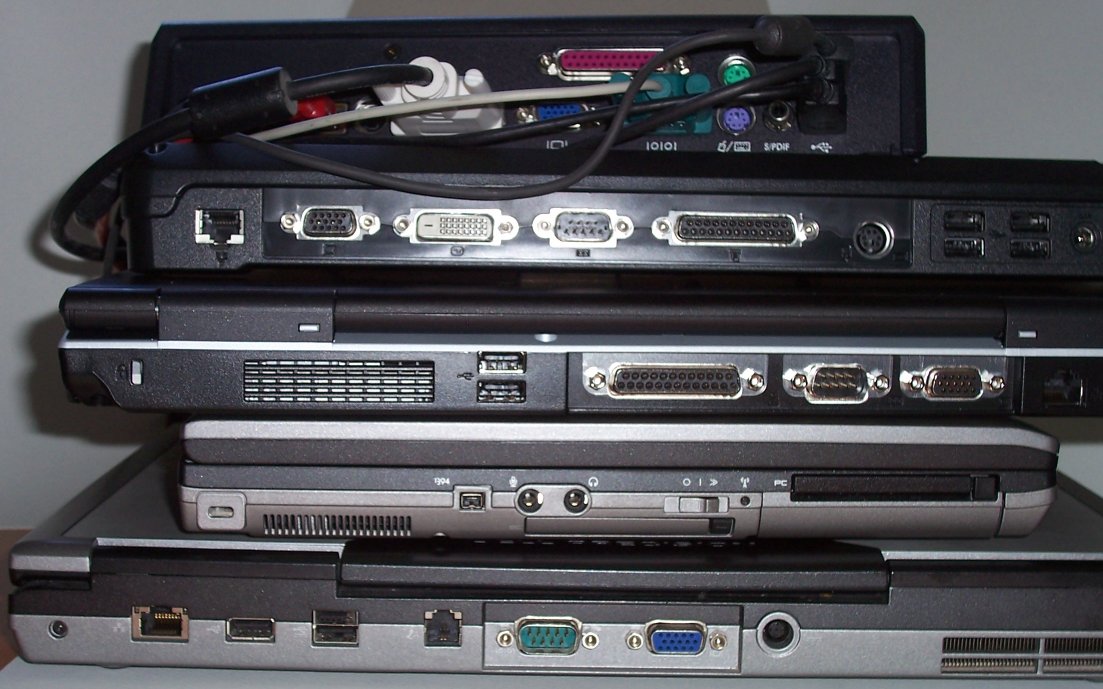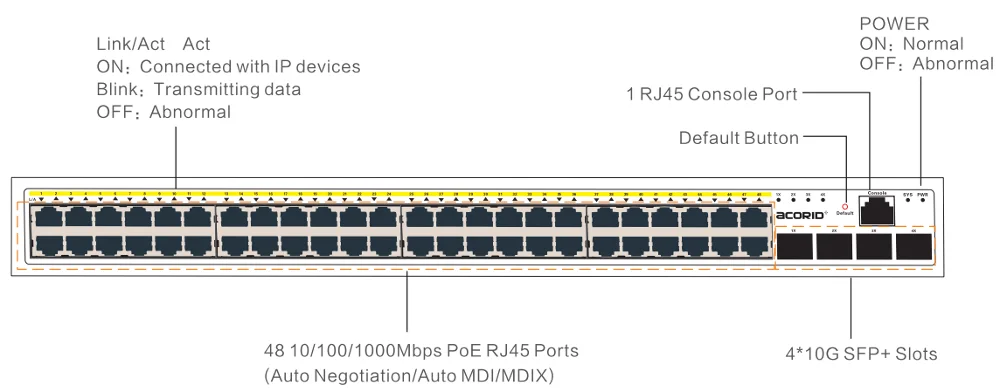- Functions Of Ports And Slots Vegas World
- Functions Of Ports And Slots Machines
- Functions Of Ports And Slots No Deposit
- Functions Of Ports And Slots Real Money

- Computer Fundamentals
Functions Of Ports And Slots Vegas World
- Computer Useful Resources
- Most computers had at most two serial ports, and they were very slow in most cases. Devices that needed faster connections came with their own cards, which had to fit in a card slot inside the computer's case. Unfortunately, the number of card slots is limited and some of the cards are difficult to install.
- Memory per slot 2 GB, 4 GB, and 8 GB Configurations supported. 4 GB DDR4 at 2133 MHz (4 GB x 1). 6 GB DDR4 at 2133 MHz (4 GB + 2 GB). 8 GB DDR4 at 2133 MHz (4 GB + 4 GB or 8 GB x 1) Ports and connectors Table 6. Ports and connectors specifications External: Network One RJ45 port USB. Two USB 2.0 ports. One USB 3.0 port Audio/Video.
- USB ports come in an array shapes, though the most common are USB-A and USB-C. USB-A is the non-reversible, oblong connector with right-angle corners, while USB-C is the newer, reversible.
- Selected Reading
Functions Of Ports And Slots Machines
Functions Of Ports And Slots No Deposit
:max_bytes(150000):strip_icc()/switch-490026_1920-4603629e3cd24dafafd57607f33a76ce.jpg)
A port is a physical docking point using which an external device can be connected to the computer. It can also be programmatic docking point through which information flows from a program to the computer or over the Internet.
Characteristics of Ports
A port has the following characteristics −
Each computer is different, so the buttons, ports, and sockets will vary from computer to computer. However, there are certain ones you can expect to find on most desktop computers. Learning how these ports are used will help whenever you need to connect something to your computer, like a new printer, keyboard, or mouse. Slots are normal C functions and can be called normally; their only special feature is that signals can be connected to them. Since slots are normal member functions, they follow the normal C rules when called directly. However, as slots, they can be invoked by any component, regardless of its access level, via a signal-slot connection.
External devices are connected to a computer using cables and ports.
Ports are slots on the motherboard into which a cable of external device is plugged in.
Examples of external devices attached via ports are the mouse, keyboard, monitor, microphone, speakers, etc.
Let us now discuss a few important types of ports −
Serial Port
Used for external modems and older computer mouse
Two versions: 9 pin, 25 pin model
Data travels at 115 kilobits per second
Parallel Port
Used for scanners and printers
Also called printer port
25 pin model
IEEE 1284-compliant Centronics port
PS/2 Port
Used for old computer keyboard and mouse
Also called mouse port
Most of the old computers provide two PS/2 port, each for the mouse and keyboard
IEEE 1284-compliant Centronics port
Universal Serial Bus (or USB) Port
It can connect all kinds of external USB devices such as external hard disk, printer, scanner, mouse, keyboard, etc.
It was introduced in 1997.
Most of the computers provide two USB ports as minimum.
Data travels at 12 megabits per seconds.
USB compliant devices can get power from a USB port.
VGA Port
Connects monitor to a computer's video card.
It has 15 holes.
Similar to the serial port connector. However, serial port connector has pins, VGA port has holes.
Power Connector
Three-pronged plug.
Connects to the computer's power cable that plugs into a power bar or wall socket.
Firewire Port
Transfers large amount of data at very fast speed.
Connects camcorders and video equipment to the computer.
Data travels at 400 to 800 megabits per seconds.
Invented by Apple.
It has three variants: 4-Pin FireWire 400 connector, 6-Pin FireWire 400 connector, and 9-Pin FireWire 800 connector.
Modem Port
- Connects a PC's modem to the telephone network.
Ethernet Port
Connects to a network and high speed Internet.
Connects the network cable to a computer.
This port resides on an Ethernet Card.
Data travels at 10 megabits to 1000 megabits per seconds depending upon the network bandwidth.
Game Port
:max_bytes(150000):strip_icc()/motherborad-peripheral-connections-586295453df78ce2c3375384.png)
Connect a joystick to a PC
Now replaced by USB
Digital Video Interface, DVI port
Functions Of Ports And Slots Real Money
Connects Flat panel LCD monitor to the computer's high-end video graphic cards.
Very popular among video card manufacturers.
Sockets
Sockets connect the microphone and speakers to the sound card of the computer.
Lesson 4: Buttons and Ports on a Computer
/en/computerbasics/basic-parts-of-a-computer/content/
Introduction
Take a look at the front and back of your computer case and count the number of buttons, ports, and slots you see. Now look at your monitor and count any you find there. You probably counted at least 10, and maybe a lot more.
Each computer is different, so the buttons, ports, and sockets will vary from computer to computer. However, there are certain ones you can expect to find on most desktop computers. Learning how these ports are used will help whenever you need to connect something to your computer, like a new printer, keyboard, or mouse.
Watch the video below to learn about the buttons, ports, and slots on a desktop computer.
Looking for the old version of this video? You can still view it here.
Front of a computer case
Click the buttons in the interactive below to become familiar with the front of a computer.
Back of a computer case
The back of a computer case has connection ports that are made to fit specific devices. The placement will vary from computer to computer, and many companies have their own special connectors for specific devices. Some of the ports may be color coded to help you determine which port is used with a particular device.
Click the buttons in the interactive below to become familiar with the back of a computer.
Other types of ports
There are many other types of ports, such as FireWire, Thunderbolt, and HDMI. If your computer has ports you don't recognize, you should consult your manual for more information.

Now you try it! Practice connecting the cables with the interactive game below.
Peripherals you can use with your computer
The most basic computer setup usually includes the computer case, monitor, keyboard, and mouse, but you can plug many different types of devices into the extra ports on your computer. These devices are called peripherals. Let's take a look at some of the most common ones.

- Printers: A printer is used to print documents, photos, and anything else that appears on your screen. There are many types of printers, including inkjet, laser, and photo printers. There are even all-in-one printers, which can also scan and copy documents.
- Scanners: A scanner allows you to copy a physical image or document and save it to your computer as a digital (computer-readable) image. Many scanners are included as part of an all-in-one printer, although you can also buy a separate flatbed or handheld scanner.
- Speakers/headphones:Speakers and headphones are output devices, which means they send information from the computer to the user—in this case, they allow you to hear sound and music. Depending on the model, they may connect to the audio port or the USB port. Some monitors also have built-in speakers.
- Microphones: A microphone is a type of input device, or a device that receives information from a user. You can connect a microphone to record sound or talk with someone else over the Internet. Many laptop computers come with built-in microphones.
- Web cameras: A web camera—or webcam—is a type of input device that can record videos and take pictures. It can also transmit video over the Internet in real time, which allows for video chat or video conferencing with someone else. Many webcams also include a microphone for this reason.
- Game controllers and joysticks: A game controller is used to control computer games. There are many other types of controllers you can use, including joysticks, although you can also use your mouse and keyboard to control most games.
- Digital cameras: A digital camera lets you capture pictures and videos in a digital format. By connecting the camera to your computer's USB port, you can transfer the images from the camera to the computer.
- Mobile phones, MP3 players, tablet computers, and other devices: Whenever you buy an electronic device, such as a mobile phone or MP3 player, check to see if it comes with a USB cable. If it does, this means you can most likely connect it to your computer.
/en/computerbasics/inside-a-computer/content/